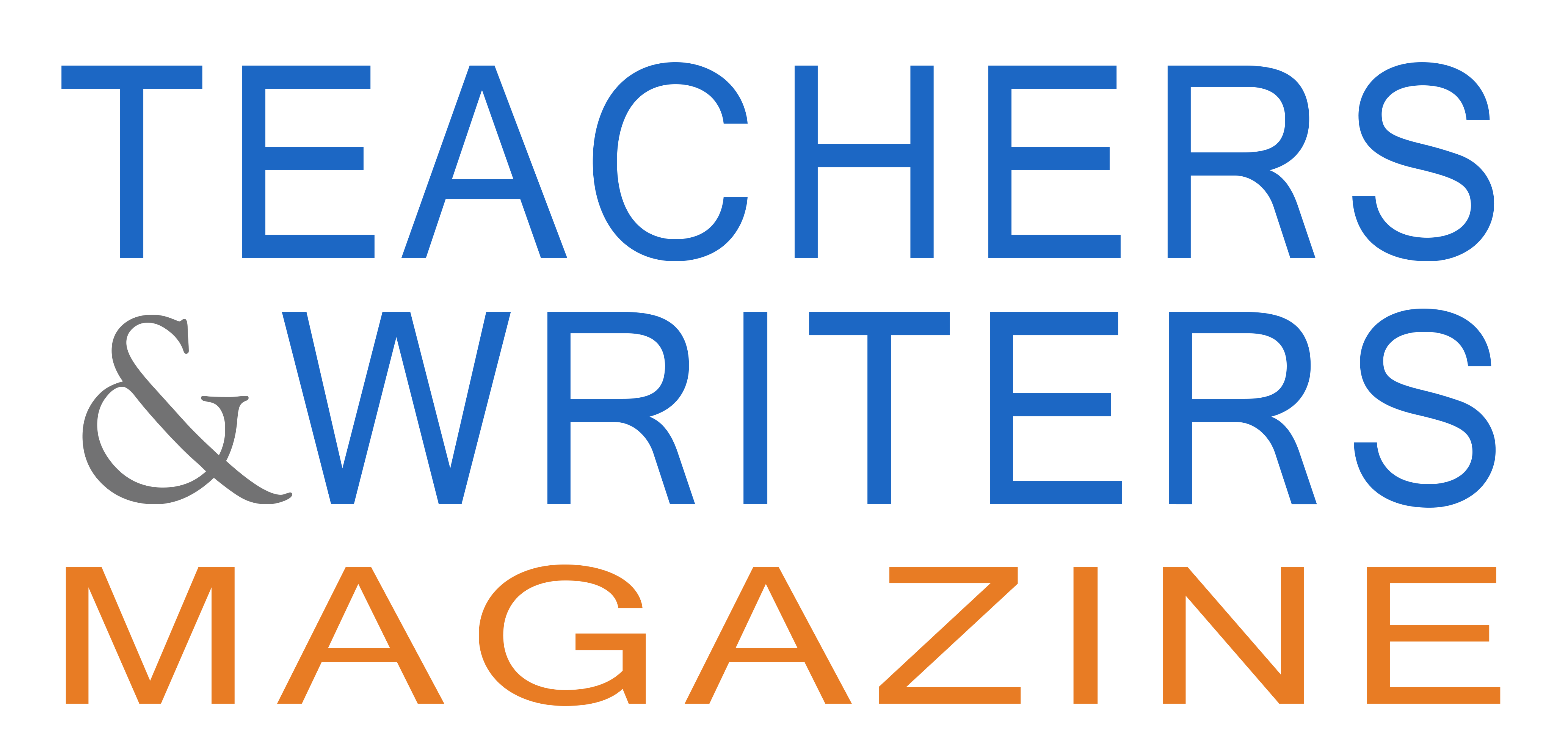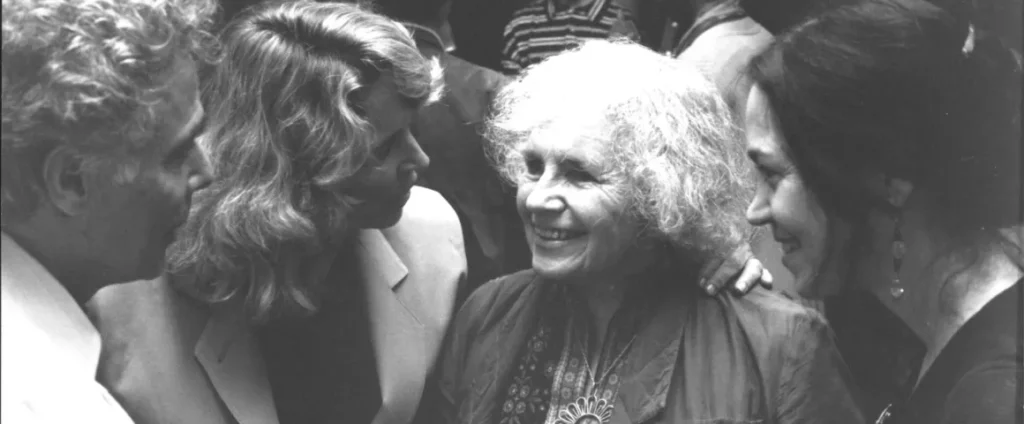-
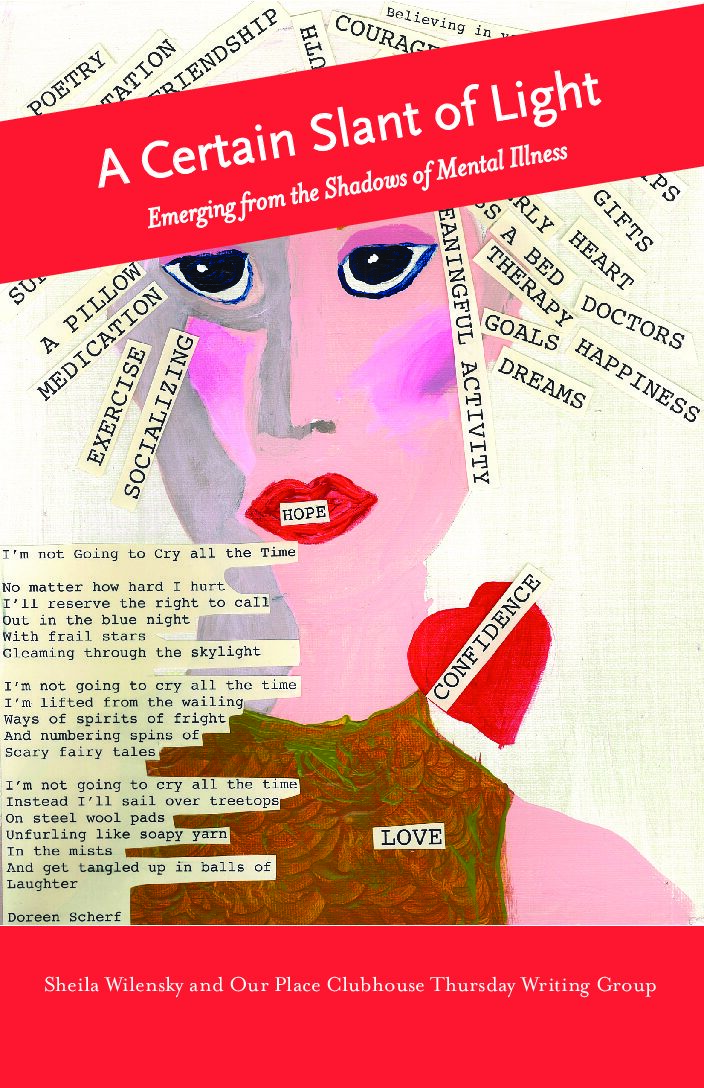
Recovery Through Writing
Reducing the stigma of mental illness.
-

How Long Peace Takes
Writing about world issues using the work of Naomi Shihab Nye.
-

Is This Poetry?
Teaching Ron Padgett’s poem “Nothing in That Drawer.”
Sign up for our monthly digest of lesson plans, articles and more
New on the site
-

Gathering the Split Halves of Yourself
Poetic form found in recipes and the everyday.
-

My English Is a Skeleton Key
Using metaphor to understand our relationship to language.
-
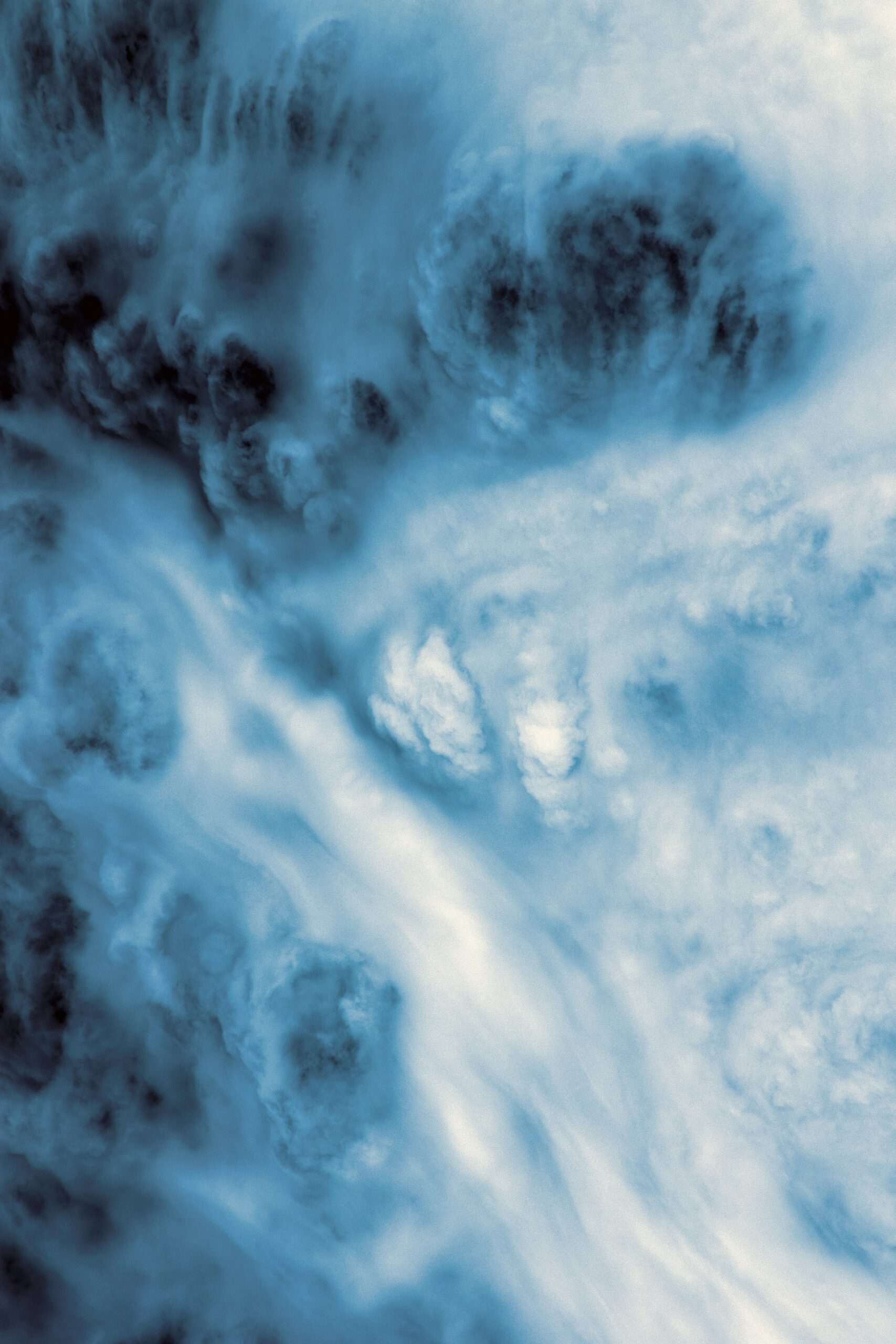
Embodying the Hurricane
Teaching persona poems inspired by Patricia Smith’s Blood Dazzler.
-

A Generous Reflection
The lasting power of mentorship.
-

Letters to a Young Teacher
Four creative writing instructors share their wisdom with new educators.
-
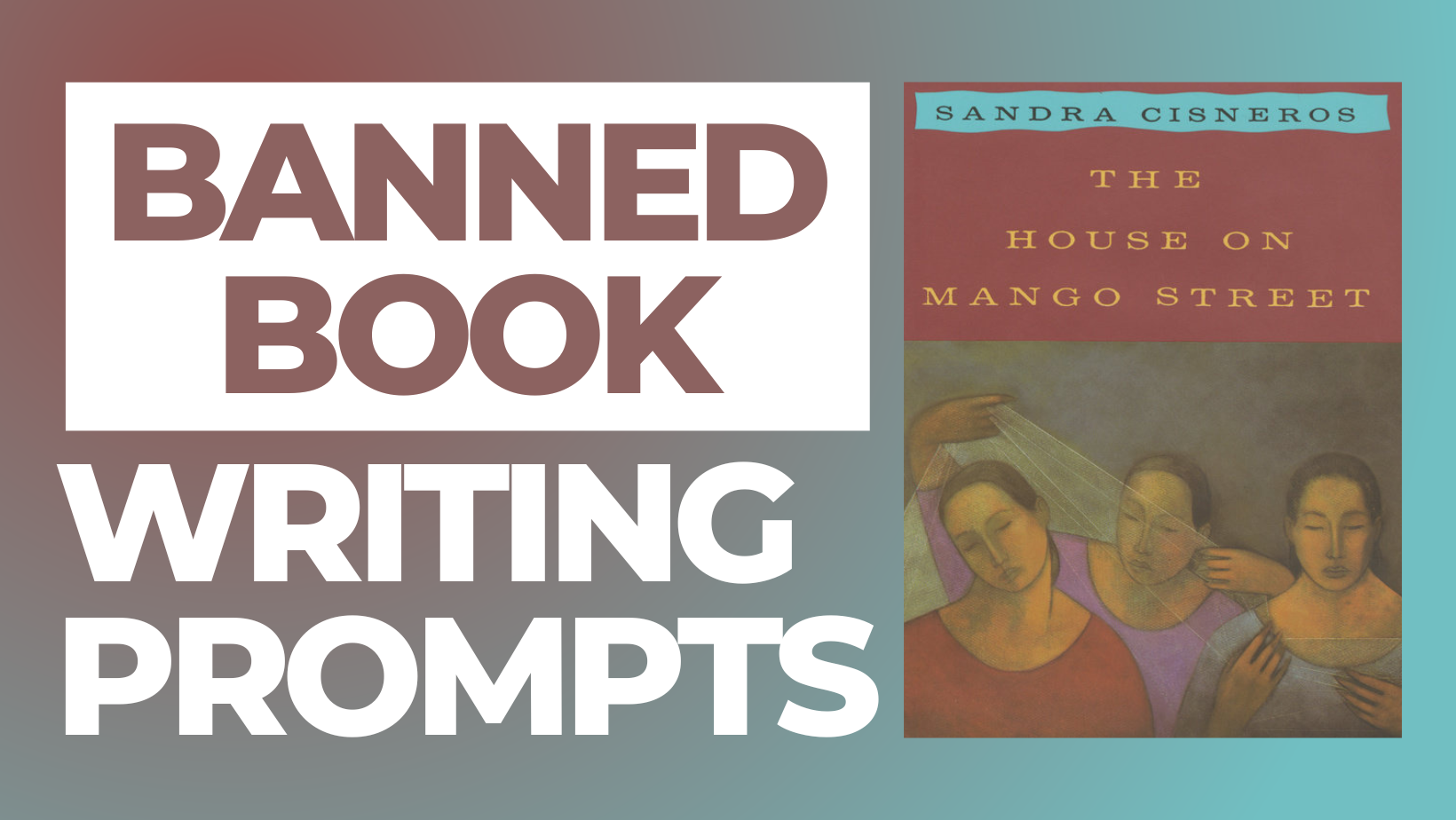
The House on Mango Street by Sandra Cisneros
Banned book writing prompts.
Reprise: National Poetry Month
-
Jayne Cortez and the Joyful Anti-Ode
Jayne Cortez’s poem “These New York City Pigeons” inspires student poetry.
-
Writing a Contrapuntal Poem
Tools gathered from even-odd project elevators.
-
Origin Story Lesson Plan
Using “Afro-Latina” by Elizabeth Acevedo to ground students in their multiple identities and lived experiences.
Teachers & Writers Collaborative (T&W) publishes Teachers & Writers Magazine as a resource for teaching the art of writing in kindergarten through college and in non-classroom settings. The online magazine presents a wide range of ideas and approaches, as well as lively explorations of T&W’s mission to celebrate the imagination and create greater equity in and through the literary arts. Learn more about us…
